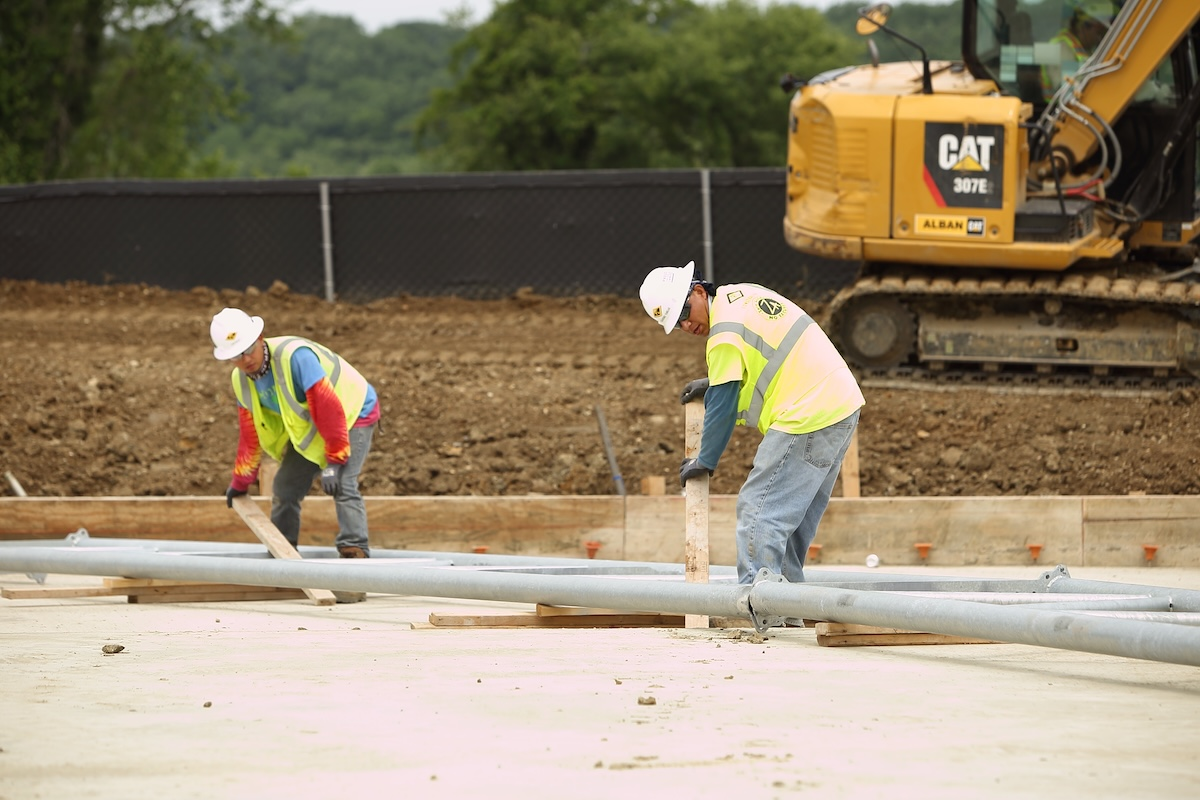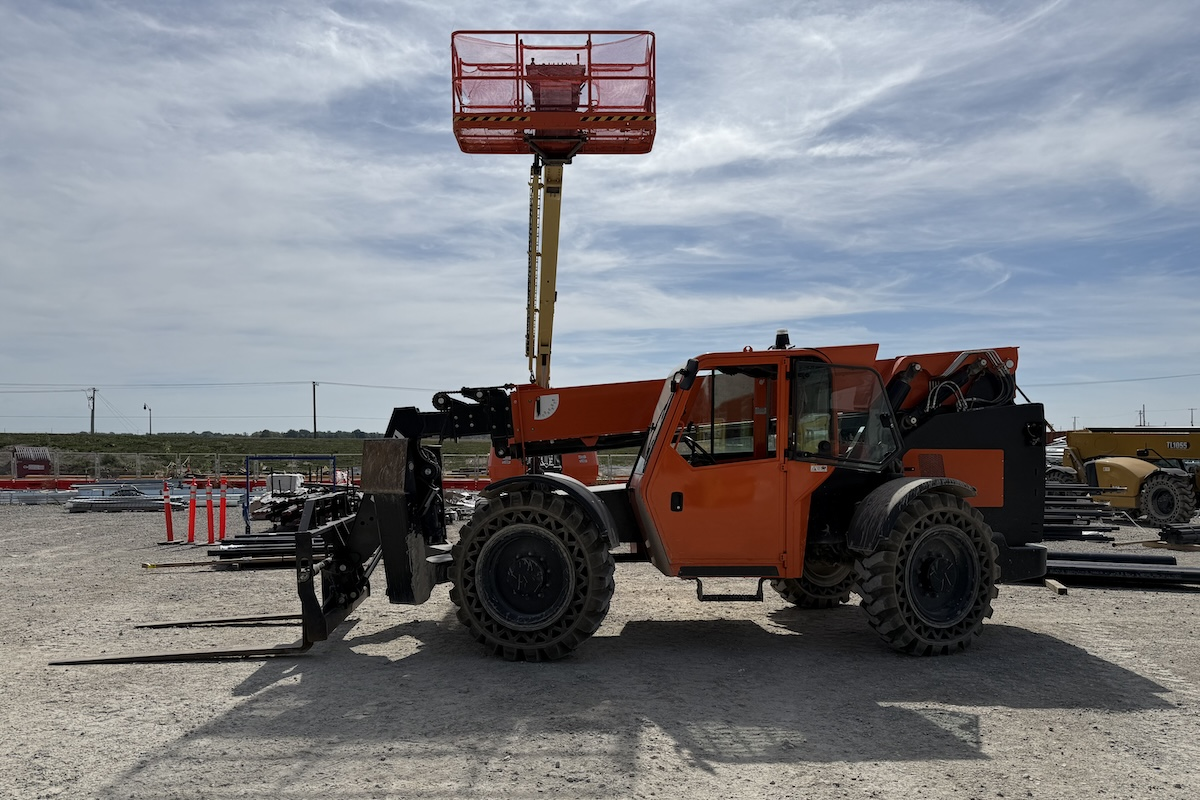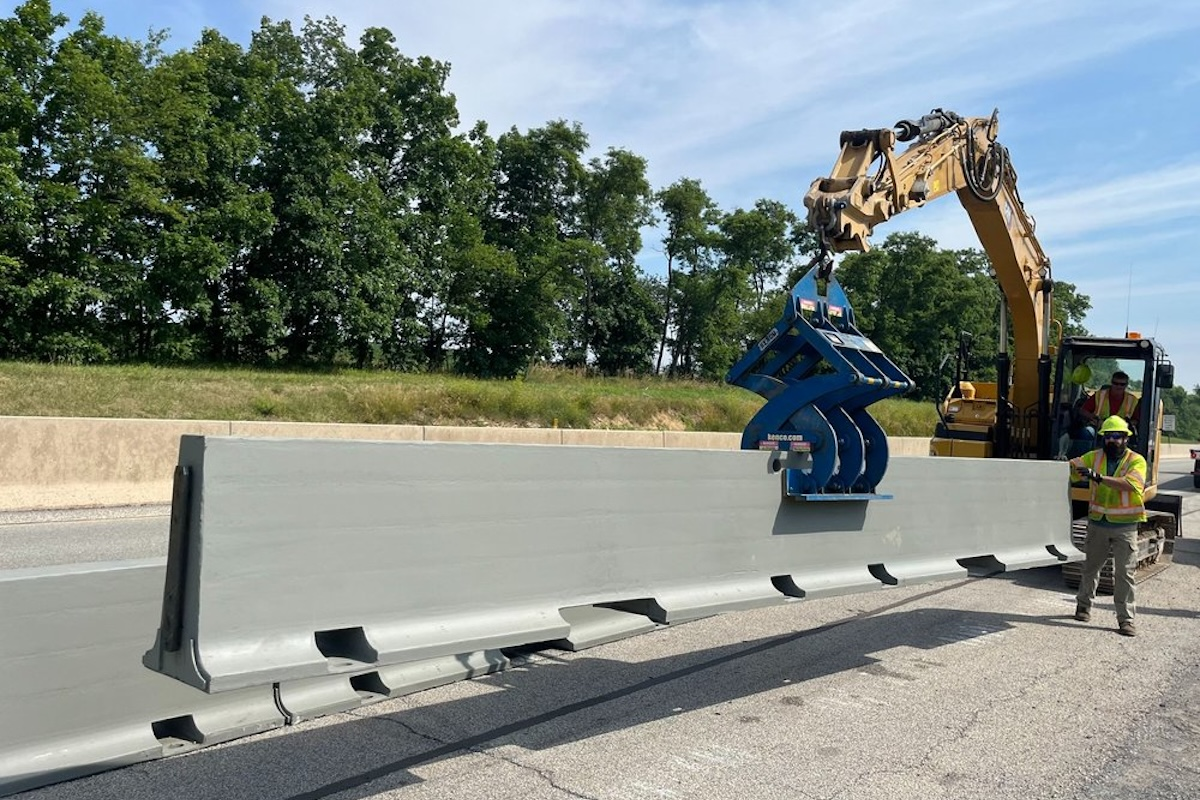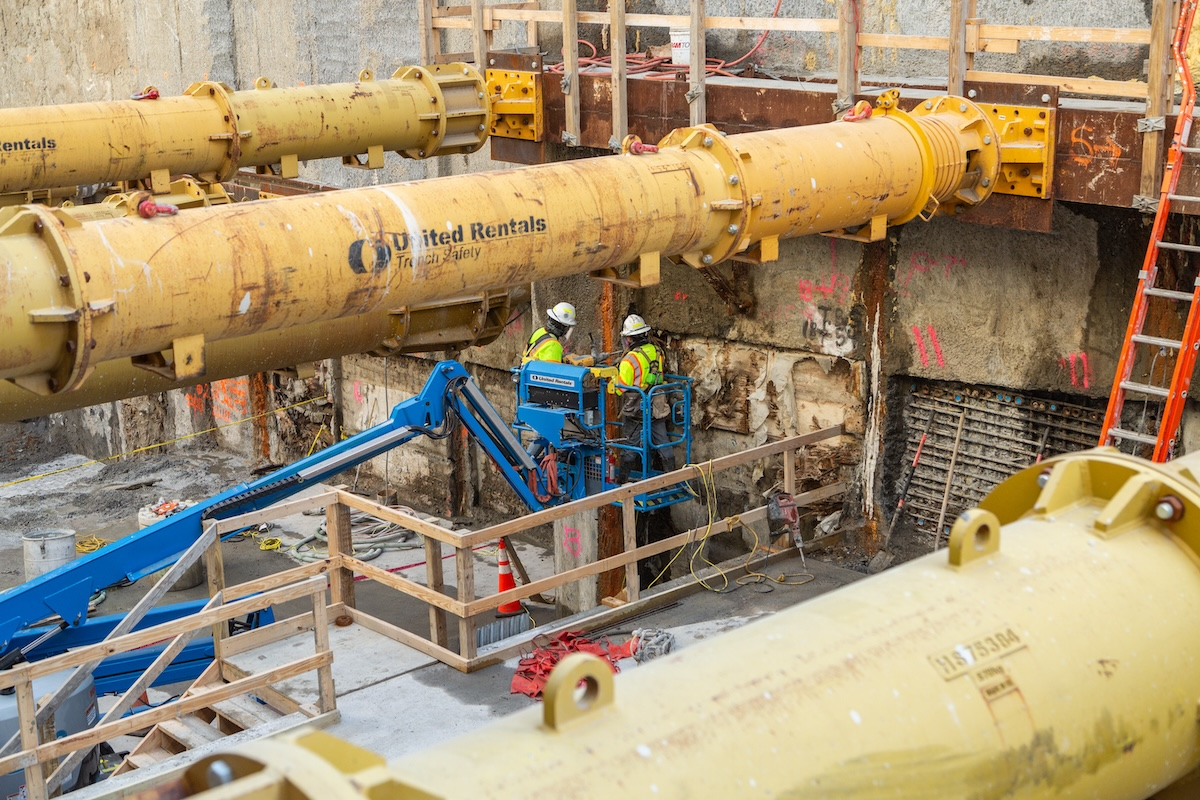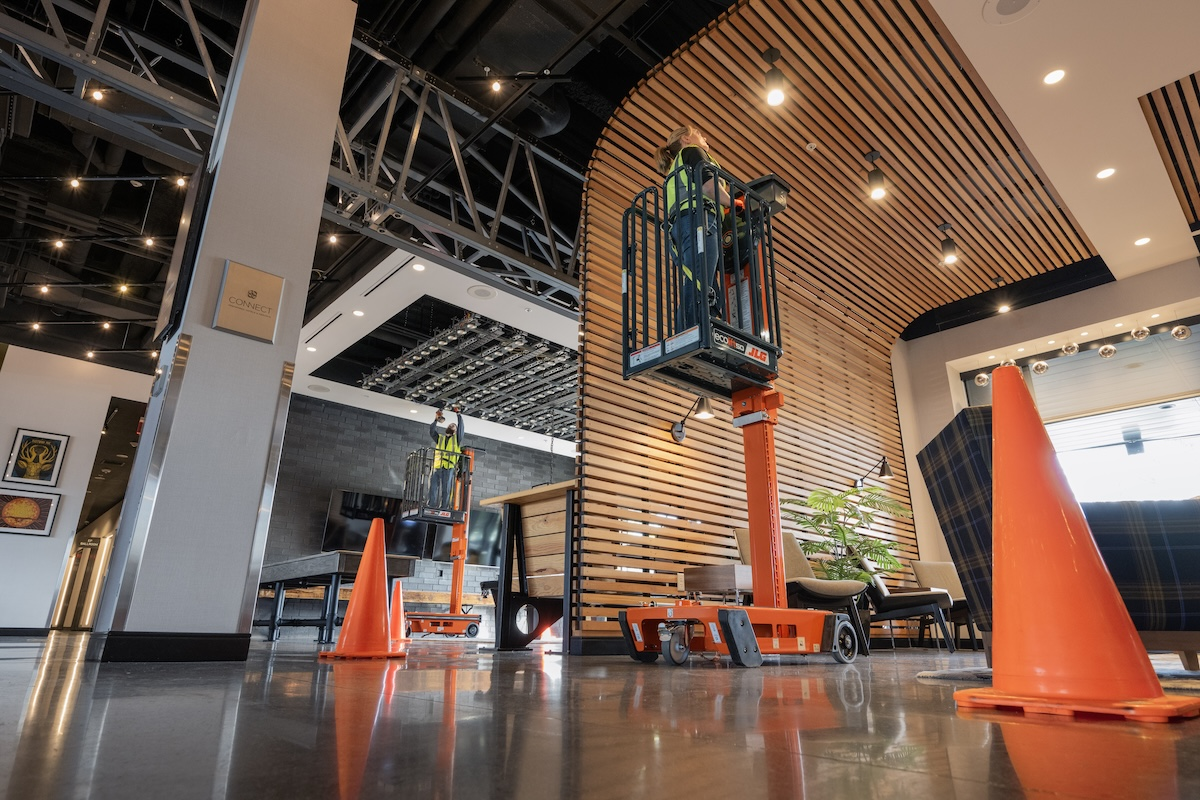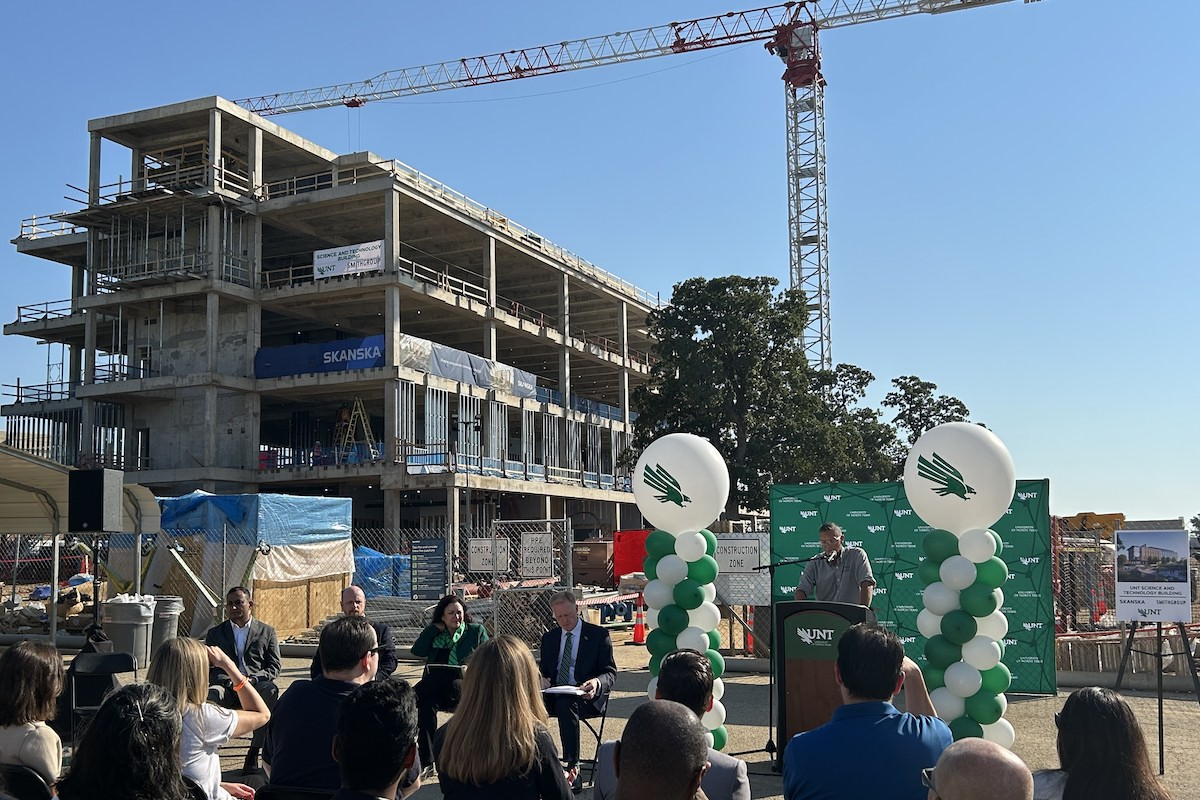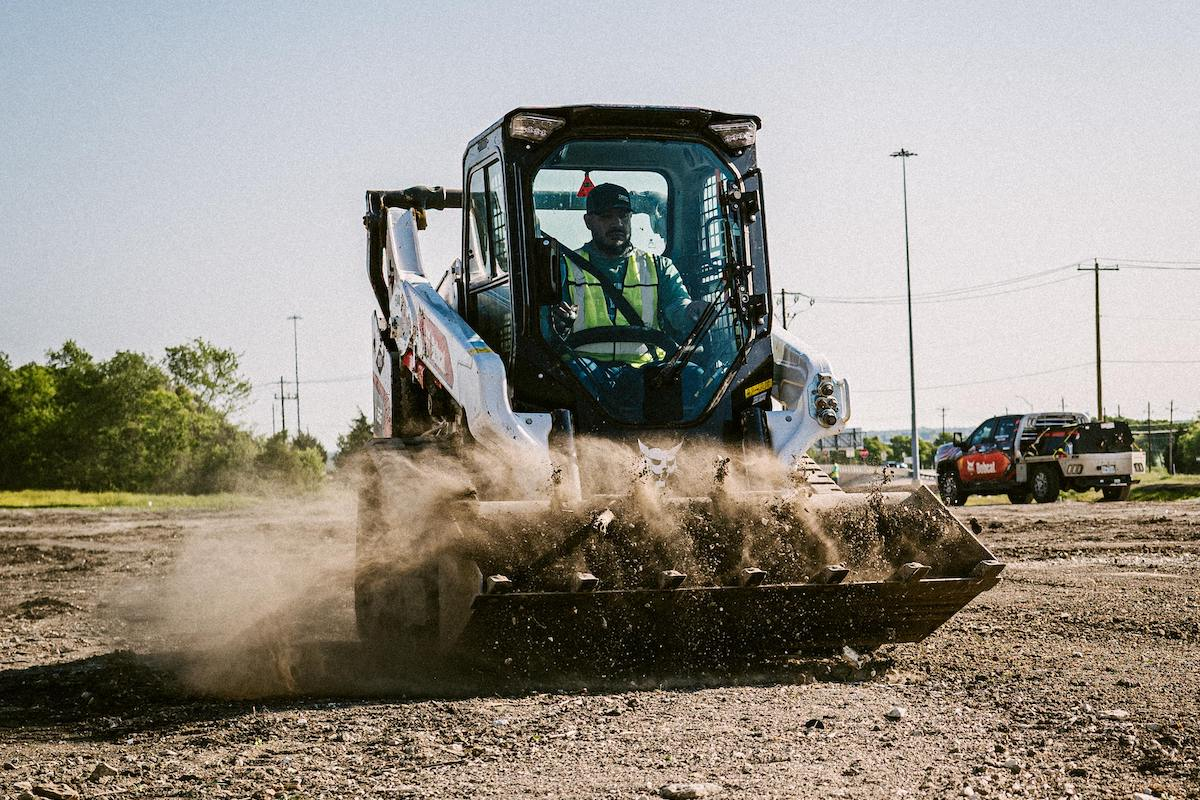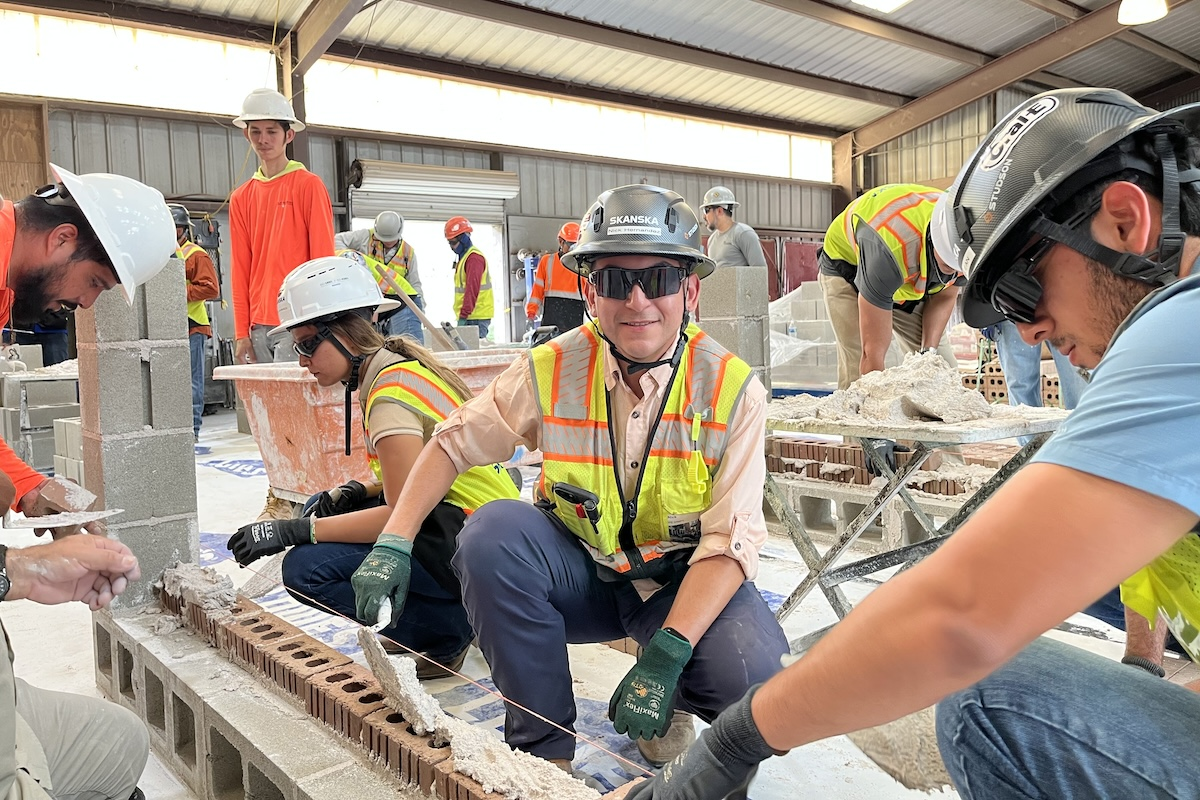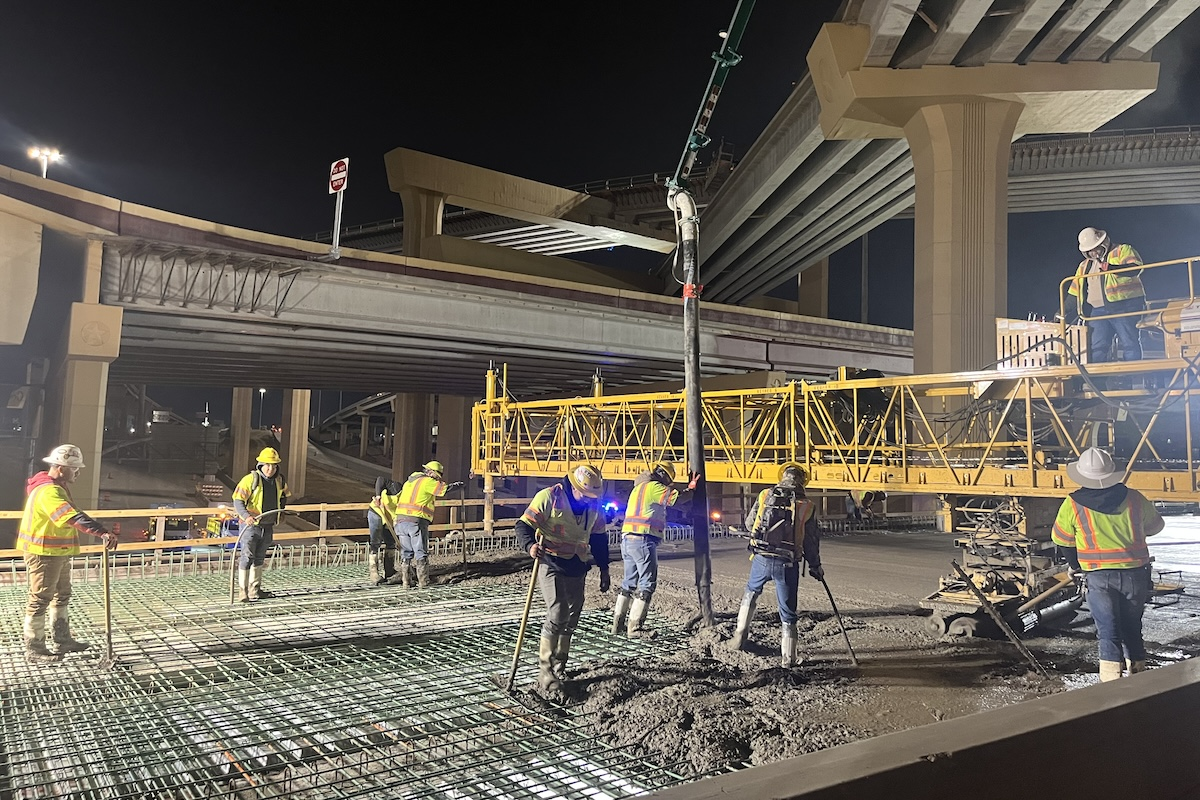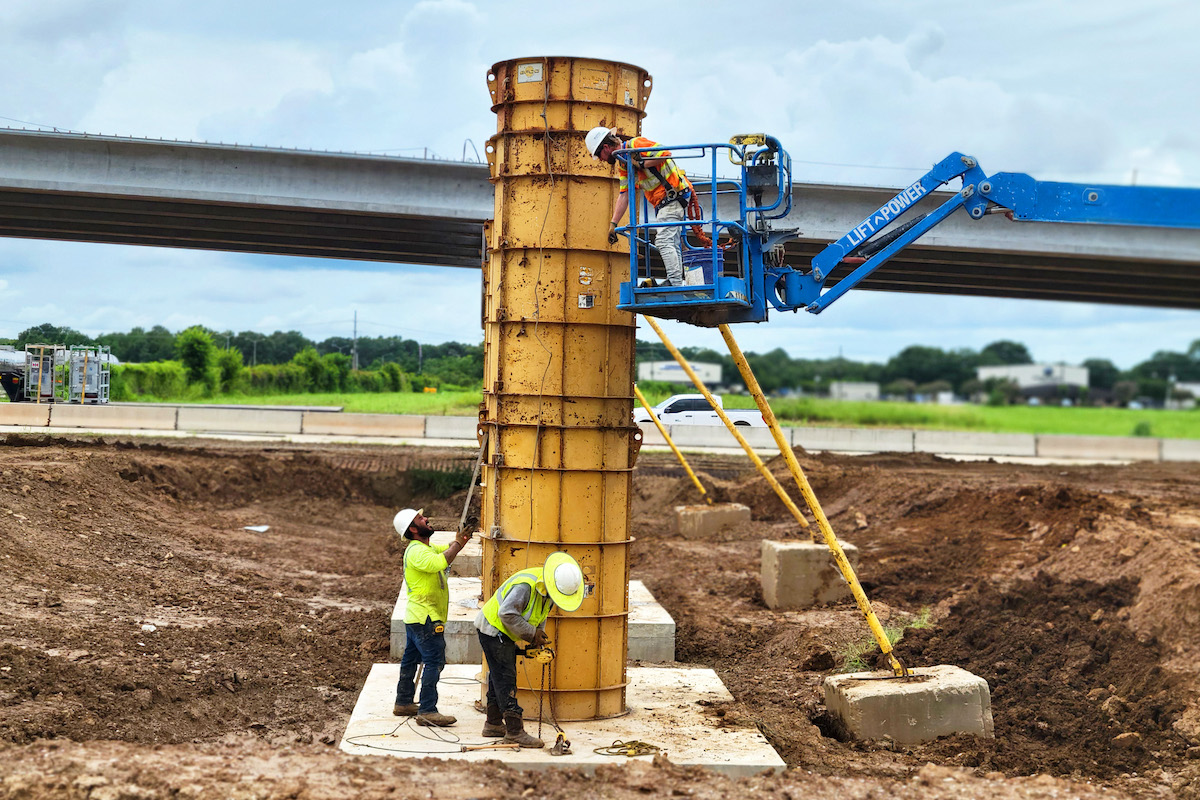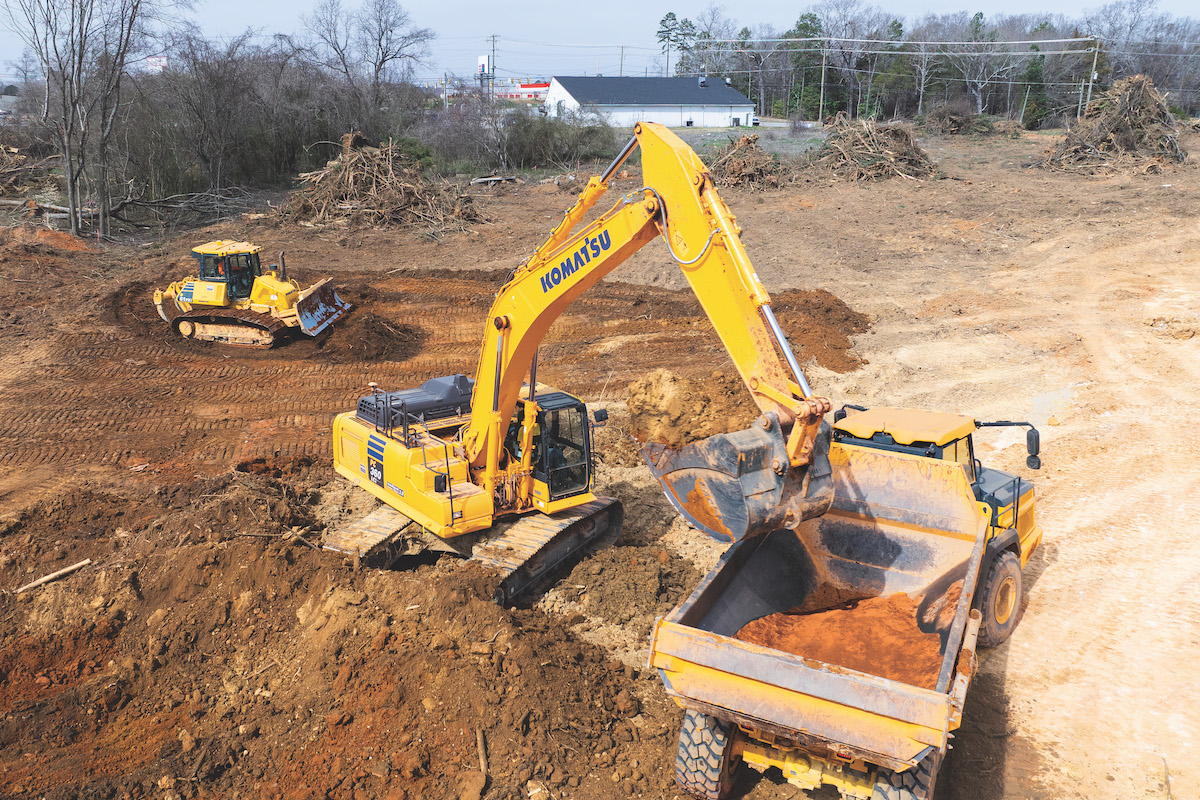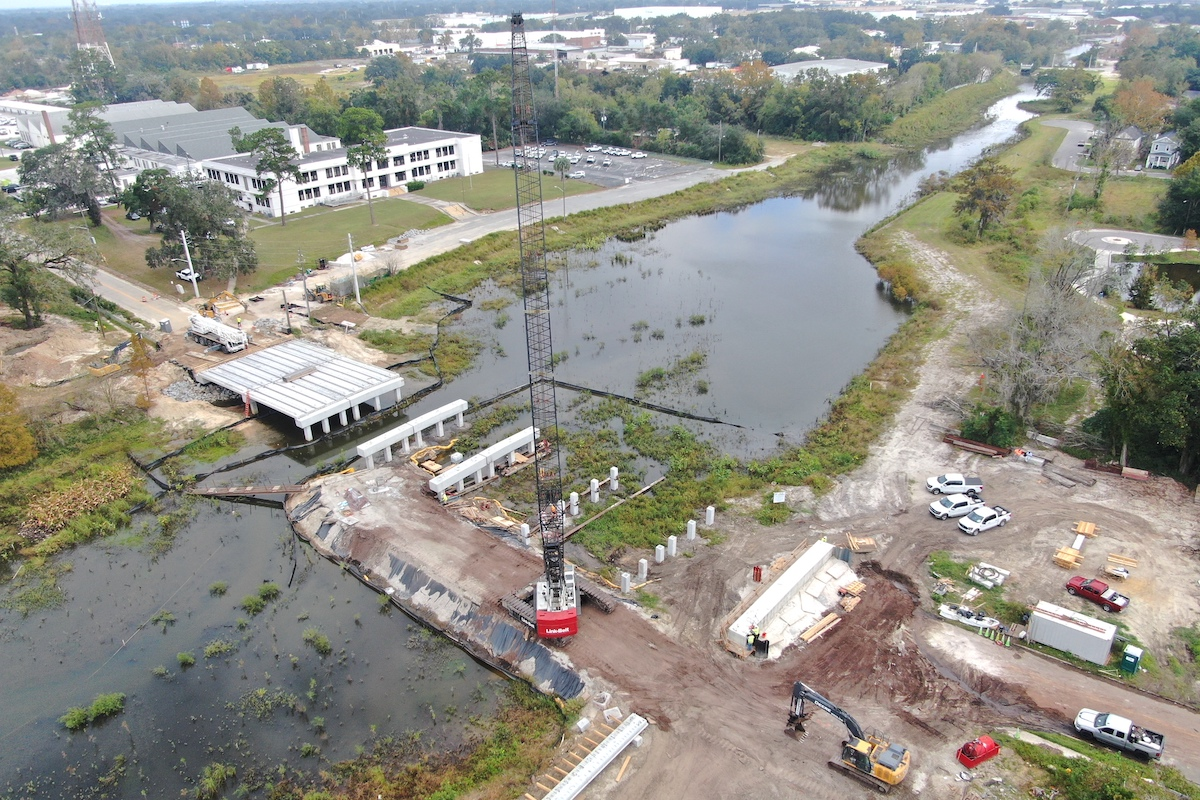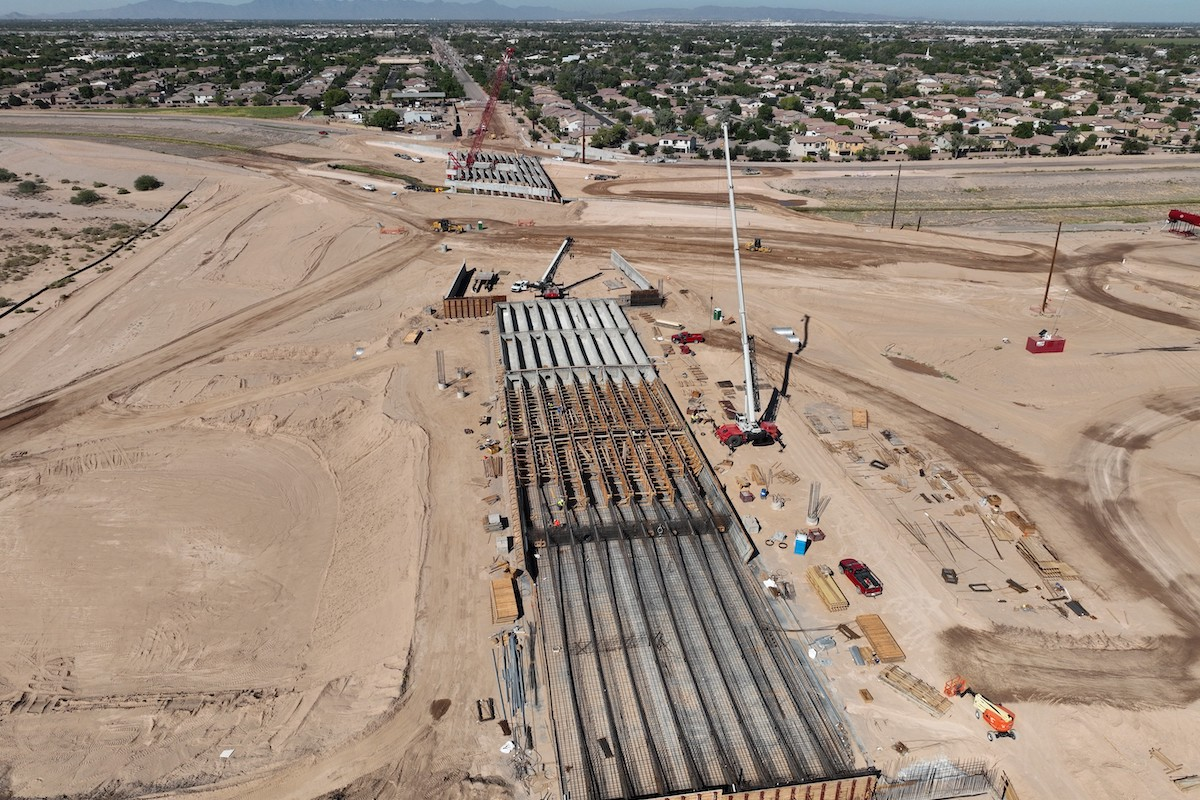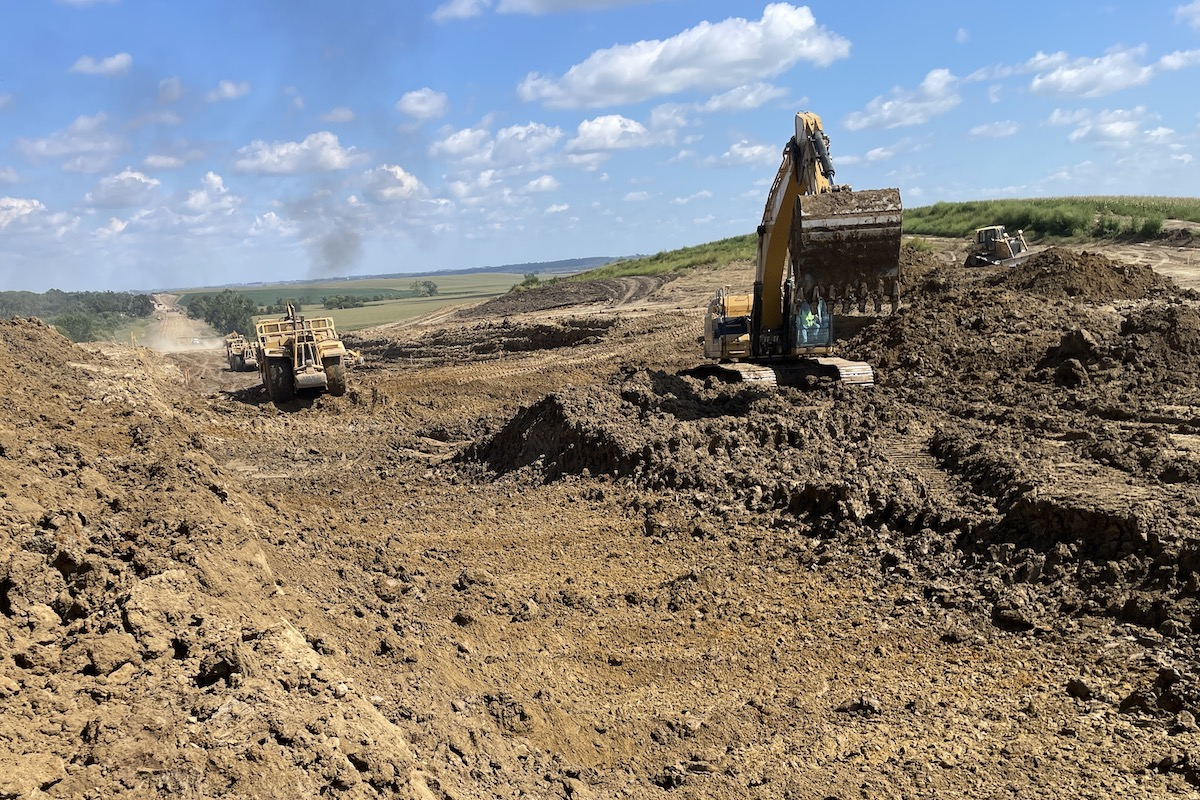Change orders can be tricky. We’ve written before in this space about change orders, because they’re a common part of the construction business. They often solve problems, but sometimes they create new ones. Our theme continues — be very careful of the language contained in your change orders, because if you are not, they may serve as waivers and releases of your rights and future claims.
We’ll borrow the scene from a recent Harris County road project that found its way into a local appellate court. We weren’t involved, so what we know comes from the opinion. We will borrow from what the opinion said and add some additional facts to help make our point.
It was a highway project, which included mechanically stabilized earth (MSE) retaining walls. During construction, the design was revised, as the owner needed to raise the wall height to 7.5 feet instead of 6.5 feet. The contractor and owner executed a change order for an additional $50,000 in compensation to change the height of the walls. Neither party anticipated delays, so the contractor didn’t object to standard change order recitation that it included “all the labor, material, and equipment used to complete the work,” and that “for the consideration in this change order, owner will not pay for any additional charges for time, expense, overhead, and profit or loss due to this change.”
However, later in the project, the contractor did suffer delays. These were related to the MSE walls, but the contractor claimed that the delays arose out of other actions unrelated to the wall height increase. The contractor submitted a delay claim based partly on the (non-height) changes to the MSE walls and sought additional compensation.
The Court of Appeals found that the contractor had waived its rights to the claims due to the wall-height change order and its language waiving additional costs.

| Your local Atlas Copco CMT USA dealer |
|---|
| Closner Equipment Co Inc |
| Central Texas Equipment |
| Bee Equipment Sales Ltd |
| Cooper Equipment Co |
As noted, we weren’t involved, so apologies to anyone who lived through this. But if you’ve ever heard anyone complain that the movie wasn’t like the book, you’ll understand that lawyers often observe that appellate decisions may not resemble the trial court evidence or the actual project facts.
So unencumbered by the actual events, we propose some scenarios to make our point. Let’s focus on whether the subsequent wall changes were related to the earlier wall-height changes.
In one possible scenario, the contractor had a legitimate claim that the new changes differed from the earlier height changes. If that was the case, then the Court of Appeals somehow missed this point.
In another scenario, the contractor’s changes were indeed based on the earlier height changes. If so, that validates the appellate holding: the contractor had waived any new or unforeseen costs by virtue of the change order language.

| Your local Yanmar dealer |
|---|
| CLM Equipment Co |
| WPI |
A third scenario is possible, where the changes might be partially related to the earlier wall-height changes but were influenced by new developments — a sort of mixed-cause situation. There again, the court might have gotten it wrong. It might have sent the case back to the trial court to sort out the causation that had already been agreed from the new events.
Our point here is not to judge the court’s action. Instead, the example points to our common advice, be clear in your change orders. And if there’s doubt about future developments, be clear about how they differ from earlier issues.
When you, as a contractor, are pressed to execute a change order with broad language prohibiting further compensation or days of delay for said changes, consider whether the language that waives additional time or money is appropriately specific and narrow as to the events causing the change order. You can no longer recover if the cost or delay is greater than you had previously anticipated. It is very important to read the language of your change order and ensure you are not waiving future claims.
There are also alternate paths. Change orders don’t have to be comprehensive. We often see changes where the parties agree on the direct costs caused by a change — that is, labor, material, and/or equipment cost — but don’t agree or don’t know what other impact the change might have on project time or un-changed work. In that event, contractors are well advised to propose partial change orders to resolve issues that can be agreed on, carefully recite other possible relief that isn’t resolved, and explicitly leave those issues open for further discussion. This allows the parties to resolve at least part of the issues in real time, and it allows the contractor to invoice for direct costs, without waiving further rights to the unresolved possible other relief.

| Your local Stewart-Amos dealer |
|---|
| Closner Equipment Co Inc |
But this path leads us back to our central focus — clarity. Change order language should be clear as to what is being resolved, so that any waiver of rights is limited to that subject and doesn’t get in the way of other issues. Contractors may not relish project changes, but change orders should be celebrated for solving problems. Let’s avoid having their language cause problems.
During this article, we focused on how to write change orders. In addition, here are the best practices to remember when dealing with change orders:
- Educate your team to recognize changes and when change orders will be necessary
- Understand the contract and why the work is a change
- Make sure you have a written directive for the changed work
- Provide written notice of the change, explaining why it is a change
- Make sure that your notice complies with contractual requirements
- Consider providing an estimate of the cost of the change (with an appropriate caution that it’s just an estimate); it may not be required by contract, but you’ll likely want the owner to budget for this work
- Include mitigation alternatives the owner may want to consider
- Press for a written change order
- Make sure the change order language is complete and includes adequate descriptions of the proposed changes





